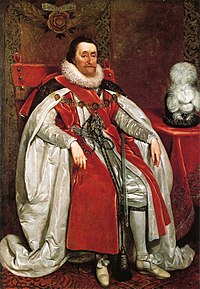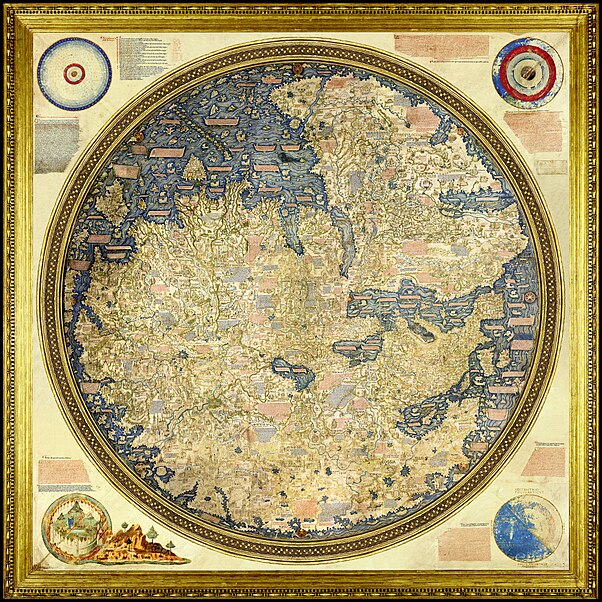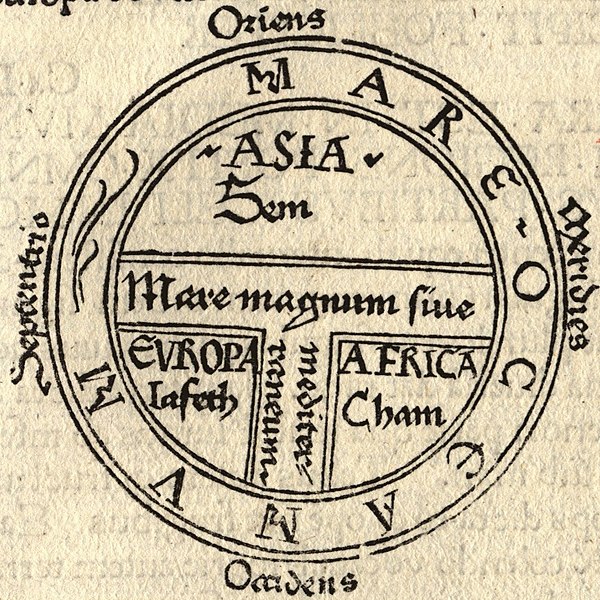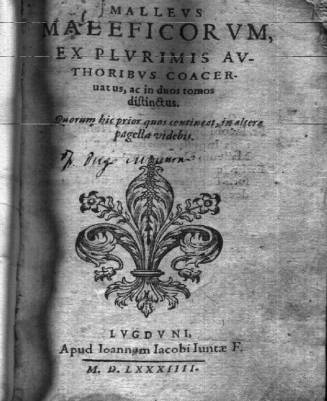Tuesday, November 29, 2011
Annotated Bibliography: English Censorship (before 1700)
Reform Movements brought about by Print
First of all, I'd like to apologize for not posting last week. I realized too late that being out of town would mean no internet connection.
I loved visiting the library and perusing the shelves for books on these reform movements. As Blaine said in his post about printing presses, I loved how the books are grouped by subject. A library is much more convenient than Google in this respect. Online search engines may be fast and easily accessible, but you have to sift through a lot of fluff to really get down to the real scholarly materials; whereas in the library, if you find one good book nearby will be more. My favorite part about this was actually handling the books. An online article may say the same thing, but there is something about handling the leather-bound pages of a book that makes the information inside seem more real, more reliable. A couple of the areas I had difficulty finding any books in the library, including the online databases, so I had to turn to Google books. After handling the "real" references, it sort of felt like a betrayal.
Before the break in class we talked about the Catholic Church and the changes that were brought about by the printing press. One subject I found especially interesting was the different reform movements. Seen as heresy by the Catholic Church, these movements believed not just different doctrine (or the explanation of dogma), but different dogma itself (the immovable parts of a belief system). The different reforms were as follows:
Monday, November 28, 2011
Print and Religion
The art of binding

Friday, November 25, 2011
Written Knowledge Final
Monday, November 21, 2011
The Standard
 As I came upon a small article the other day entitled Five Events that Shaped the History of English (which can be read here), I noticed standardization among the five events. The article labels the Anglo-Saxton Settlement, the Scandinavian settlements, colonization/globalization, the Norman Conquest (1066 and after), and standardization as the five most influential events in the course of the English Language. The start of my research on standardization began here.
As I came upon a small article the other day entitled Five Events that Shaped the History of English (which can be read here), I noticed standardization among the five events. The article labels the Anglo-Saxton Settlement, the Scandinavian settlements, colonization/globalization, the Norman Conquest (1066 and after), and standardization as the five most influential events in the course of the English Language. The start of my research on standardization began here.Friday, November 18, 2011
Restoration v. Reformation
Learning to Learn

Wednesday, November 16, 2011
Books Burn People
Tuesday, November 15, 2011
Egyptian Frustration
 For the end of unit project, I am in the Hebrew/Islam group. For our artifact, we created a double-sided scroll with two passages of scripture: one from the Qu'ran, written in Arabic, and one from the Torah, written in Hebrew. That, however, was the easy part. For the Rosetta project, my group received an Egyptian Hieroglyphic to translate. It turns out that it is very difficult to translate Egyptian logograms. We tried to find a professor to help us, but none were available. So, we went to the library. 10 books and 4 hours later, we still weren't sure what any of it said. We tried to find online Egyptian dictionaries, but everything we found seemed to be directed towards children or high school students. We tried to contact the African group so they could hint at which book to use, but it seemed they either didn't know the title or didn't answer. So after several hours, we just took the symbols we found and strung them together as best as we could. I'm sure the translation is incorrect, but we tried our best. And we were able to correctly translate the English sentence we came up with into Hebrew and Arabic. This assignment taught me quite a few things:
For the end of unit project, I am in the Hebrew/Islam group. For our artifact, we created a double-sided scroll with two passages of scripture: one from the Qu'ran, written in Arabic, and one from the Torah, written in Hebrew. That, however, was the easy part. For the Rosetta project, my group received an Egyptian Hieroglyphic to translate. It turns out that it is very difficult to translate Egyptian logograms. We tried to find a professor to help us, but none were available. So, we went to the library. 10 books and 4 hours later, we still weren't sure what any of it said. We tried to find online Egyptian dictionaries, but everything we found seemed to be directed towards children or high school students. We tried to contact the African group so they could hint at which book to use, but it seemed they either didn't know the title or didn't answer. So after several hours, we just took the symbols we found and strung them together as best as we could. I'm sure the translation is incorrect, but we tried our best. And we were able to correctly translate the English sentence we came up with into Hebrew and Arabic. This assignment taught me quite a few things:
- I gained a greater appreciation for the people who wrote with actual feather pens. We were using a calligraphy pen and it was extremely difficult. I can't imagine using a feather. It took a long time to get the ink flowing. You have to hold it at the precise angle so it doesn't smear, and you have to take just the right amount of time on each letter so the ink isn't too thick or too thin. And we learned that if the ink isn't flowing, don't suck on the pen, or your mouth will be black.
Monday, November 14, 2011
Yey for Clay!
Our group wrote in Akkadian and had to translate Chinese into it. This is what our final products look like:
Chinese Akkadian English
I think they turned out AMAZING!
Celebrating 400 years


.
Friday, November 11, 2011
Without Missin' a Beat
Wednesday, November 9, 2011
Chapbooks
Monday, November 7, 2011
Islamic Calligraphy

Cartography


Friday, November 4, 2011
In the Land of the Dine (Navajo)
 |
| 3 of the best engineers ever! |
(Besides that engineering, service, and the Navajo are awesome!)
Thursday, November 3, 2011
Les Chiffres Romains (Roman Numerals.. because everything is simply better in French)


Tuesday, November 1, 2011
Most Gracious, Most Compassionate
The goal to become as God would have them can be seen in these words (attributed to God):
My servant draws near to Me through nothing I love more than that which I have made obligatory for him. My servant never ceases drawing near to Me through supererogatory works until I love him. Then, when I love him, I am his hearing through which he hears, his sight through which he sees, his hand through which he grasps, and his foot through which he walks.
 "In the name of God, most Gracious, most Compassionate"
"In the name of God, most Gracious, most Compassionate"Ancient Paper-making





